This is the circuit I'm referring to:
This stage is often used as input stage of audio amplifier.
I am wondering, how can the input signal be normally amplified since there is no DC bias across the base of both transistors?
In my book, it says that we have to drive this stage with "line-level" amplitude signal (that is around 1V). But still, if the amplitude swings for 1V from its reference point which is probably 0V, then only a bit of a positive signal wave would be amplified, since transistor starts conducting at Vbe of approx. 0.7V!
Without base bias voltage, the output signal would look like this, right?
Instead of this, right?


